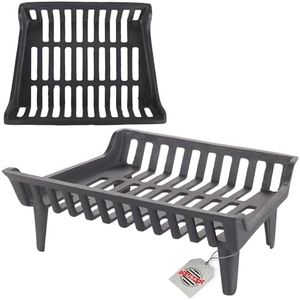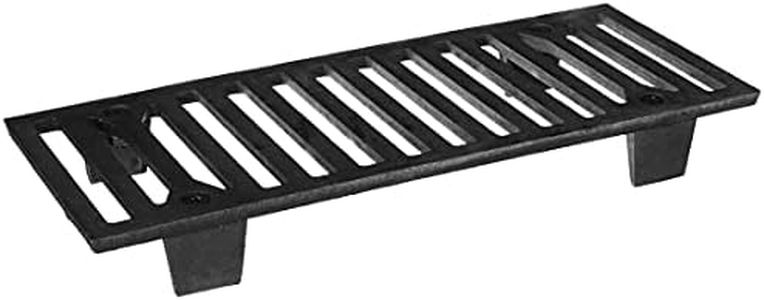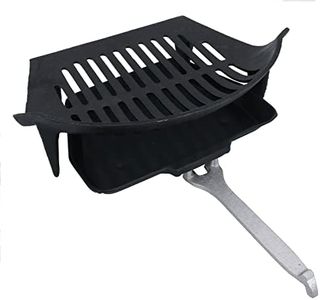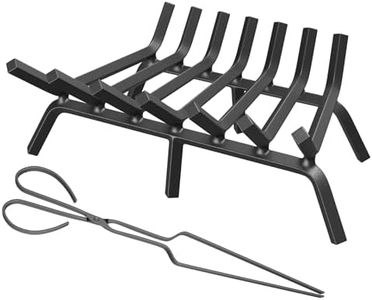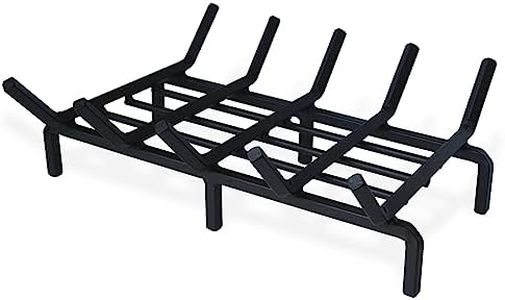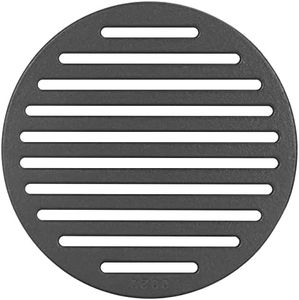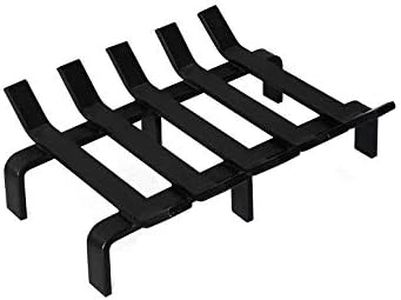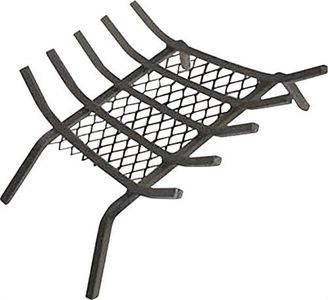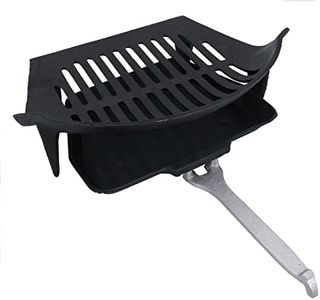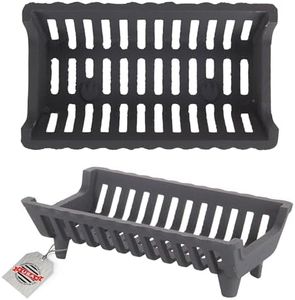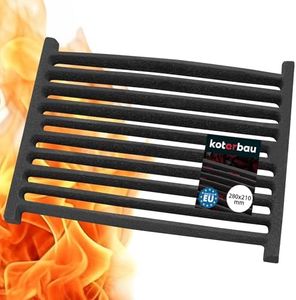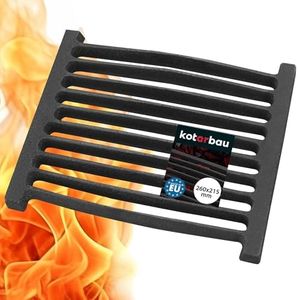We Use CookiesWe use cookies to enhance the security, performance,
functionality and for analytical and promotional activities. By continuing to browse this site you
are agreeing to our privacy policy
10 Best Fireplace Grates
From leading brands and best sellers available on the web.By clicking on a link to a third party's website, log data is shared with that third party.
Buying Guide for the Best Fireplace Grates
Fireplace grates are essential accessories for wood-burning fireplaces, as they hold firewood above the hearth floor to improve air circulation, aid combustion, and make cleanup easier. Choosing the right fireplace grate helps you build safer, better-burning fires while protecting your fireplace from unnecessary wear. To make the best choice, think about your fireplace size, burning habits, and the type of fuel you plan to use.MaterialThe material of a fireplace grate usually comes down to either cast iron or steel. Cast iron grates are known for their ability to handle both wood and coal, and provide even heat, but they may be heavier and can crack over time with high heat cycles. Steel grates are lighter and more affordable, ideal for burning wood only, and tend to warp before they break. If you burn wood most of the time, steel is often enough, but for coal or mixed fuel, cast iron could last longer. Your choice depends on what type of fuel you use and how often you burn fires.
Size (Width and Depth)Fireplace grates come in a range of sizes to fit different fireplaces. This refers to the width (side to side) and depth (front to back) of the grate. You want a grate that is several inches smaller than the width and depth of your fireplace opening to allow space for air flow and to avoid damaging the fireplace walls. Measure your fireplace opening and subtract about 6 inches from the width and 4 to 6 inches from the depth to get a safe fit. If you pick a grate too large, it won’t fit; too small, and you lose fire efficiency.
Bar Spacing and ThicknessBar spacing is the gap between the bars that hold the logs. Wider bar spacing allows more ash to fall through, which is good for airflow but not great for small logs or coal. Closer bars support smaller pieces better, but may clog with ash. Bar thickness impacts durability—thicker bars resist warping and last longer, especially for frequent fires. Choose closer bar spacing if you burn smaller wood; thicker bars are better if you burn often or for long periods.
Height (Clearance from Fireplace Floor)The height of the grate—how high it stands above the fireplace floor—matters for airflow and cleaning. Higher grates lift wood for better air circulation underneath and make room for ashes to collect, but too high can create instability. Lower grates are steadier but may restrict airflow and make it harder to remove ashes. If you want easy lighting and air movement, a moderate to high clearance is good; for heavy, large logs or easier loading, a lower grate may suit you.
ShapeFireplace grates are found in rectangular, tapered, or basket-type shapes. Tapered grates are narrower at the back and fit fireplaces that get narrower deeper in, while rectangular grates fit boxy, square openings. Basket grates have raised sides to keep fuel contained. Match the shape of the grate to the shape of your fireplace for best efficiency: tapered for angled fireboxes, rectangular for wide and deep openings, and baskets if you want to contain coals or logs securely.

